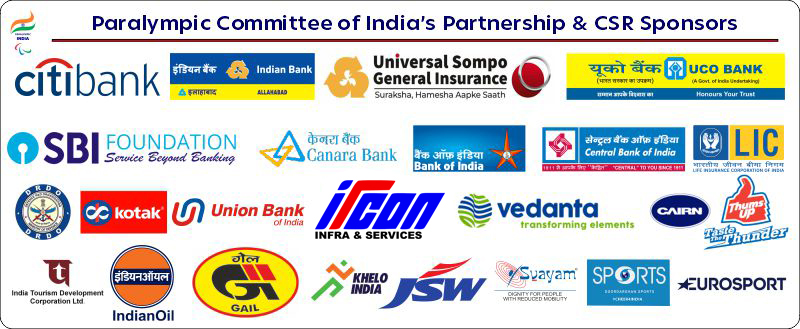Athletics Sports Classes
Athletics Sports Classes
1. Visual Impairment
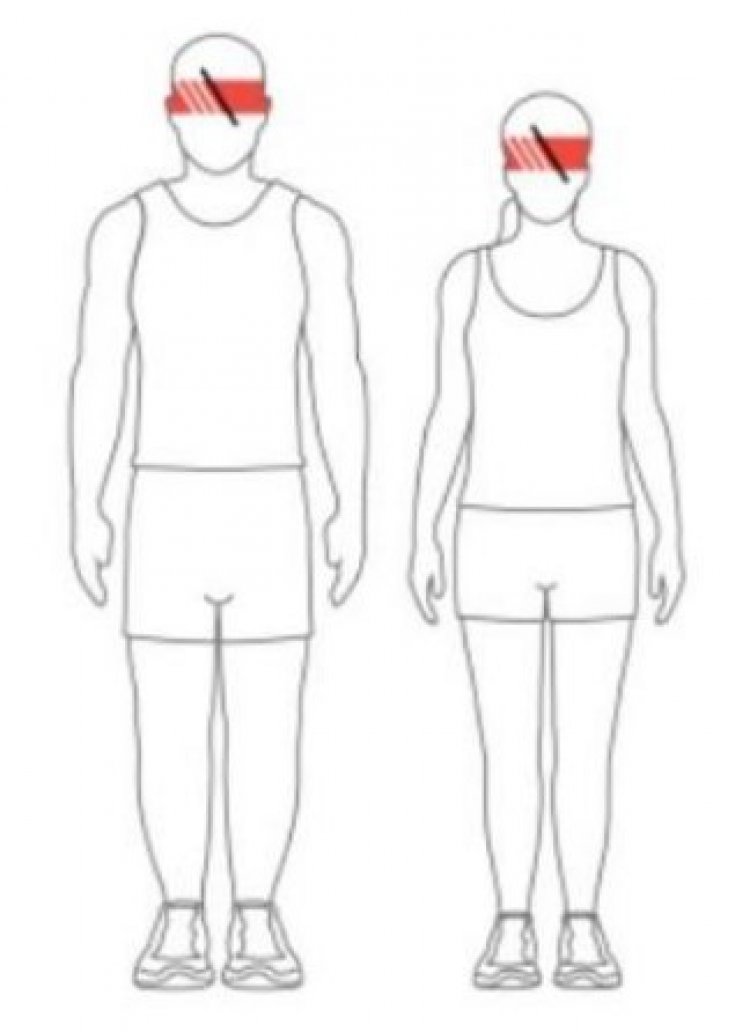
T11/F11
These athletes have a very low visual acuity and/or no light perception. In order to ensure a fair competition, athletes in the T/F 11 sport class are required to wear eyeshades.
T12/F12
Athletes with a T12/F12 sport class have a higher visual acuity than athletes competing in the T11/F11 sport class and/or a visual field of less than five degrees radius.
T13/F13
Athletes with a T13/F13 sport class have the least severe vision impairment eligible for Para athletics. They have the highest visual acuity and/or a visual field of less than 20 degrees radius.
2. Intellectual Impairment
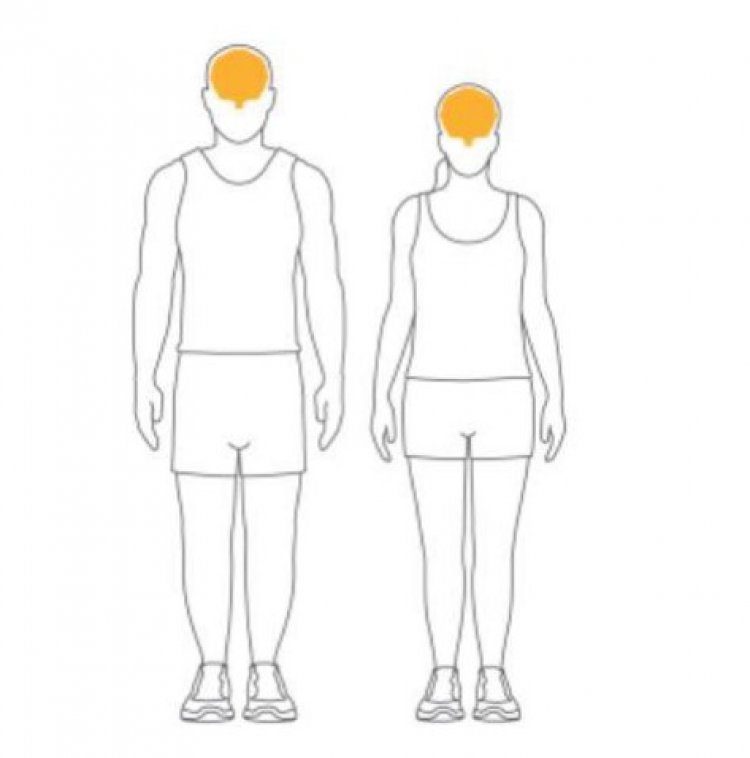
T20 / F20
Athletes in this sport class have an intellectual impairment, which typically leads to the athletes having difficulties with regards to pattern recognition, sequencing, and memory, or having a slower reaction time, which impacts sport performance in general.
Moreover, the impairment of T/F20 athletes has been proven to have an impact on performance in the different disciplines. For example: 1,500m runners have difficulties in pacing, while in long jump the impairment makes the anticipation of the take- off board more difficult.
3. Ataxia, Athetosis & Hyertonia
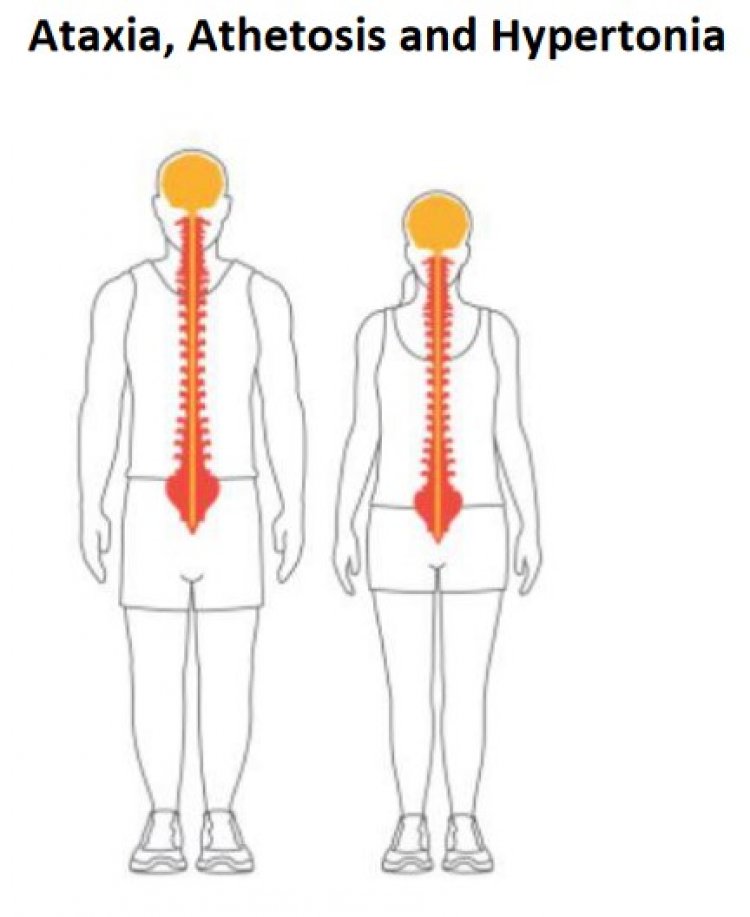
Sitting classes: F31, T/F32 to T/F34
Standing classes: T/F35 to T/F38
The 30 sport classes are allocated to athletes with athetosis, ataxia and/or hypertonia – often conditions associated with cerebral palsy or traumatic brain injury. The impairments typically affect the ability to control legs, trunk, arms and/or hand function. The lower the sport class number is, the more significant is the activity limitation.
Athletes in the sport classes T/F31-34 compete in a seated position, e.g. in wheelchair racing or using a throwing chair. By contrast, athletes in the sport classes T/F35-38 have better function in their legs and better trunk control. Therefore, compete standing, e.g. in running events, long jump or throwing events.
4. Short Stature
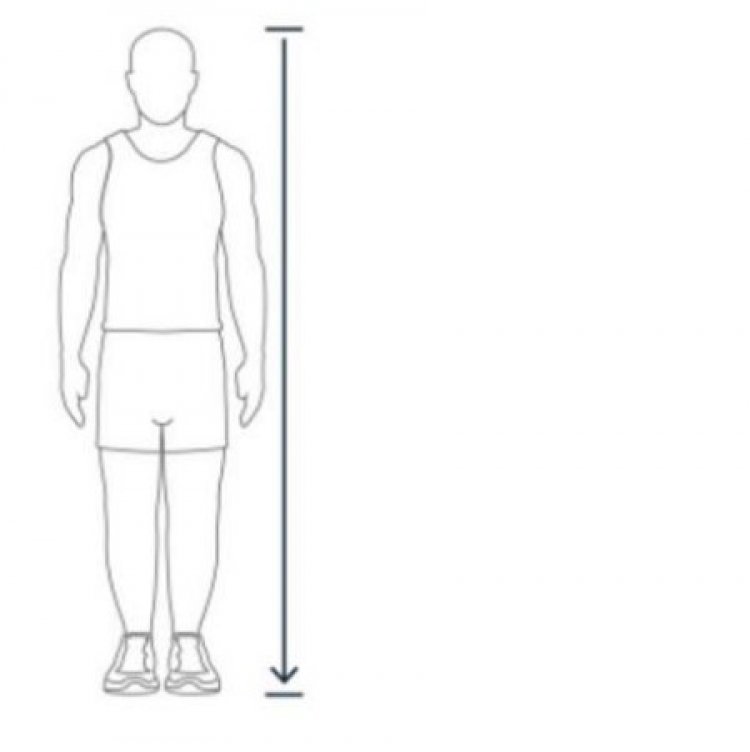
T/F40 - T/F41
Athletes with short stature compete in the sport classes T/F40-41. There are two classes depending on the body height of the athlete and the proportionality of the upper limbs, with athletes in sport class T/F41 being taller than athletes in sport class T/F 40.
5. Limb Deficiencies
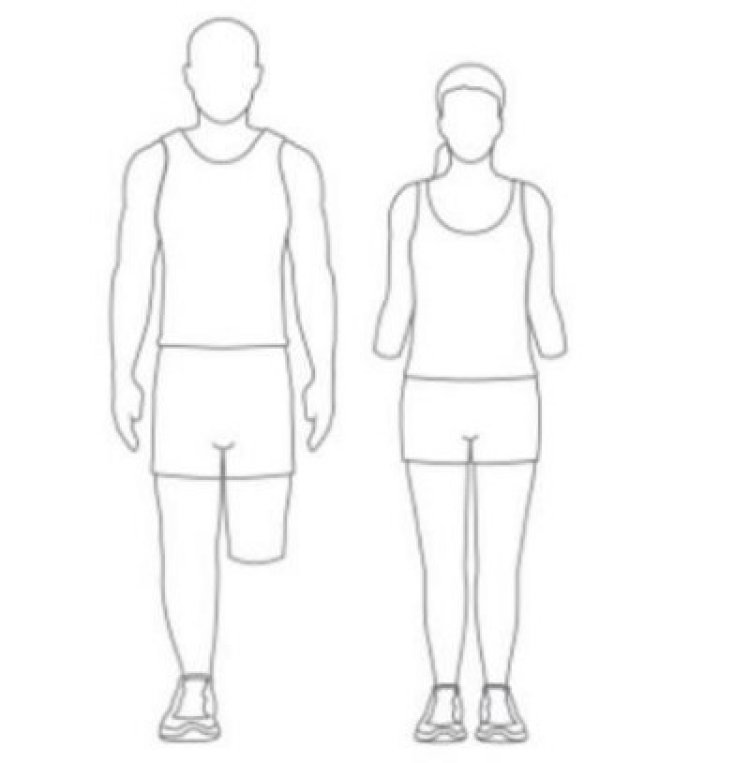
T/F42 to T/F44
The lower limbs are affected by the impairment and the athlete compete without a prosthesis.
T/F61 to T/F64
Primary impairments are in lower limbs and include only limb deficiency and leg length discrepancy. All athletes in these classes compete standing without support and they must use prosthesis.
T/F45 to T47/F46
The upper limbs are affected, for example by above or below elbow amputations.
6. Impaired Muscle Power or Impaired Range of Movement
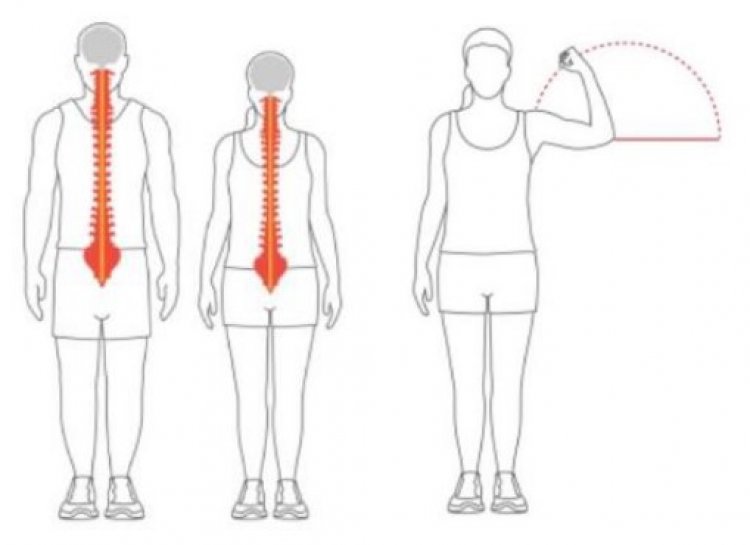
T51 – T52
Activity limitations in both lower and upper limbs.
T53
Full function in the arms, but similar to classes T51 and 52, do not have trunk function.
T54
Partial to complete trunk function and may demonstrate some leg function.
F51 – F53
Limited shoulder, arm and hand function to different degrees and usually no trunk or leg function. This profile is, for example, seen with athletes with spinal cord injury resulting in tetraplegia.
F54
Normal function in their shoulders, arms and hands, but generally no trunk or leg function.
F55
Partial to full abdominal muscle activity, but no leg function.
F56
Some hip flexion and adductor muscle activity in addition to trunk function, while athletes
F57
Additional ability to extend and abduct the hips. Athletes in this class may be able to stand and ambulate with or without an assistive device but have to at the very least comply with the defined minimum impairment criteria.
(In the 50’s sport class, all athletes compete in a seated position, either in wheelchair or on a throwing chair, due to impaired muscle power, restricted range of movement, limb deficiency or leg length difference. Again, a lower sport class number indicates a relatively greater activity limitation)


